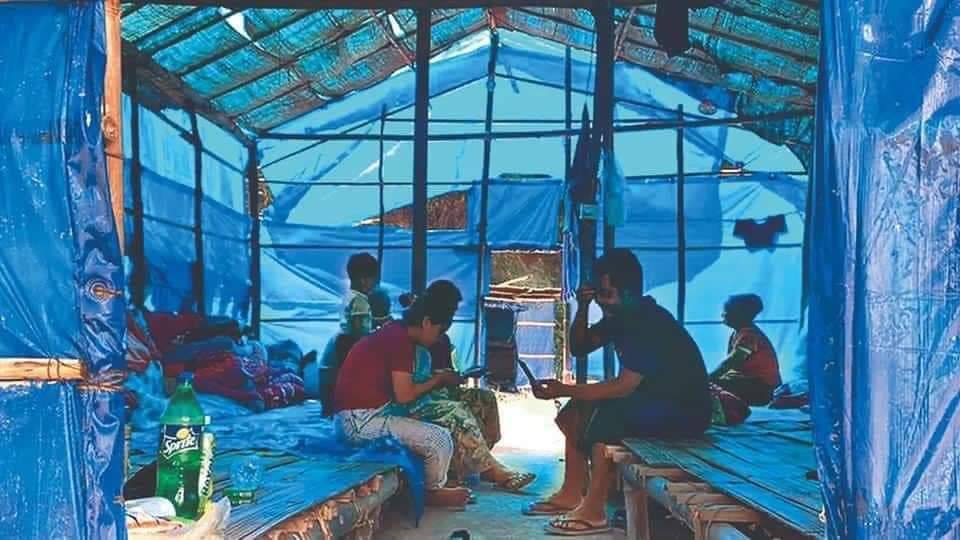Guest contributor
Shalini Perumal in Delhi, India
Ever since the 2021 military coup that ousted Aung San Suu Kyi and the National League for Democracy (NLD) government, the Burma Army has used its “Four Cuts” strategy – called a “scorched earth policy” by the UN – burning, looting, raping, killing and displacing over one million people within the country and forcing tens of thousands to seek refuge in neighbouring countries India and Thailand. The death count varies widely. Human Rights Watch (HRW) cites under 2,000 killed by the regime. It accuses the military of having committed “crimes against humanity.”

The Armed Conflict Location and Event Data Project claims the number of killed by the military to be over 12,000. But the exact number may never be known as the military continues to cover up its crimes. In the backdrop of the on-going civil war, thousands of Chin people have crossed the Burma border into the northeast of India, settling primarily in the northeastern state of Mizoram, located next to Chin State. “Now this is our home,” a Chin woman told me over the phone from a camp in Thingsai village of Mizoram. She crossed the border into Mizoram in 2021, fleeing her home in Thantlang once it came under attack by the Burma Army. “The local villagers [here] have supported us,” the Chin woman added. “They provide us with tea, rice, sanitary pads – we have been warmly welcomed.”
Since March 2021, Mizoram has witnessed an unprecedented and unexpected effort by local communities, civil society organisations (CSOs), the church and the state government to provide shelter and sanctuary to over 30,000 Chin seeking refuge. A large number of these refugees are being supplied with food, ration kits, blankets, mosquito nets and clothes by an alliance of local non-governmental organisations (NGOs) such as the Mizo Students Association and Young Mizo Association. Referring to the Chin as “ethnic kin” and “brothers”, the state government and NGOs have declared their commitment to host the refugees by mobilising support from the local community. Though the living conditions are far from ideal, many Chin people cite safety concerns as the only reason for them not to return home to Burma.

Many Chin men can find work in Mizoram and Chin women can support their families by opening shops that sell tea, dry fish or instant noodles, allowing them to earn income for their families. But two years after the initial welcome from locals in Mizoram, the Chin are feeling a change of heart. Mizoram is one of India’s poorest and most under-resourced states. Authorities in Mizoram have instructed Chin refugees not to purchase land or set up businesses without prior permission from the state government. This has instilled a sense of fear among many Chin highlighting the precariousness of their living conditions despite the warm welcome in 2021 and initial relief efforts. “I am nervous about our future in Mizoram,” the Chin woman living in Thingsai village told me. “I am hoping for the best and that we can stay.”



